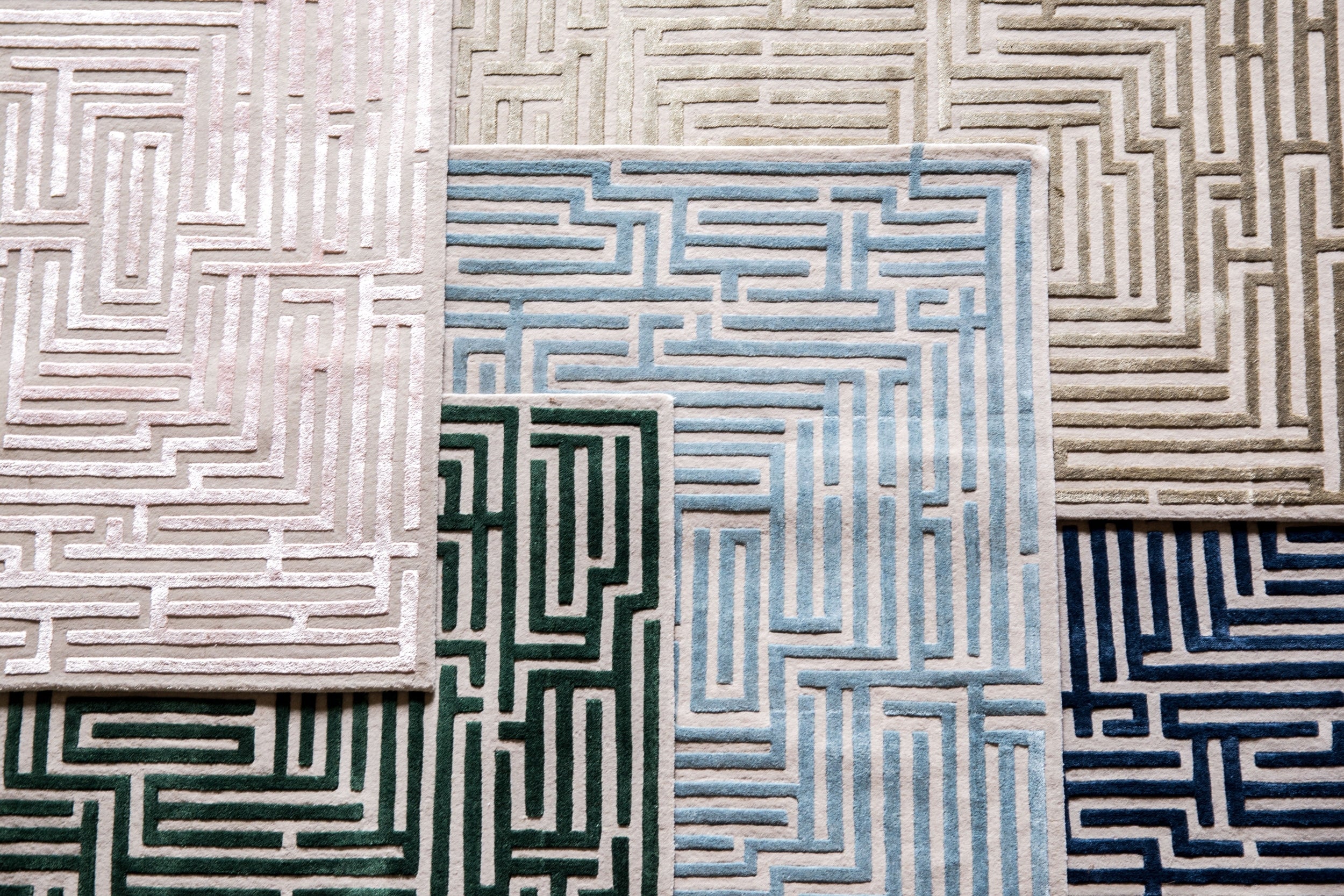Preventing Rust in Steel Fencing
Steel fencing remains a popular choice for property owners due to its durability and aesthetic appeal. As noted by Solid Fence Company, a leading fence installer in Madison, proper maintenance can extend a steel fence's lifespan significantly. Understanding how to prevent and treat rust can save homeowners both time and money in the long run.
#1 Understanding Rust Formation
Rust forms when steel comes into contact with moisture and oxygen for extended periods. This natural process can begin within days, even if not immediately visible to the naked eye, making prevention crucial for maintaining your fence's integrity.
High humidity levels and frequent rain create perfect conditions for rust development. Areas with higher rainfall or coastal regions face increased challenges in rust prevention, requiring more vigilant maintenance approaches.
#2 Choosing the Right Steel Fence
The type of steel fence you select plays a vital role in rust prevention. Different varieties of steel fencing offer varying levels of protection against corrosion, from basic cattle rail to premium powder-coated options.
Pre-treated and galvanized steel fences provide superior rust resistance. These protective coatings create a barrier against moisture and oxygen, significantly reducing the likelihood of rust formation.
#3 Regular Cleaning and Maintenance
Keeping your fence clean prevents dirt and debris from trapping moisture against the metal surface. Regular cleaning with a soft-bristled brush and mild detergent removes potentially harmful buildup.
Even cobwebs can create moisture-trapping clusters over time. A consistent cleaning schedule, particularly after severe weather events, helps maintain the fence's protective barriers.
#4 Protective Coatings and Treatments
Applying rust-inhibiting primers or sprays creates an essential barrier against moisture and oxidation. These protective layers should be reapplied periodically to maintain their effectiveness.
Powder coating offers exceptional protection against rust. This electrostatically applied coating, when properly cured under heat, provides superior resistance to chipping and scratching while protecting against moisture infiltration.
#5 Proper Drainage Solutions
Managing water around your fence significantly impacts rust prevention. Proper drainage prevents water from pooling at the base of fence posts, reducing the risk of rust formation.
Ensuring the surrounding landscape slopes away from the fence helps direct water away from the structure. This simple yet effective measure significantly reduces moisture exposure and potential rust development.
#6 Immediate Rust Treatment
Regular fence inspections help identify rust spots early. Walking the fence line every few weeks allows you to spot potential issues before they become major problems.
When rust appears, immediate action prevents spreading. Using sandpaper or a wire brush to remove rust, followed by proper cleaning and primer application, stops rust progression effectively.
#7 Professional Maintenance Tips
Professional inspection and maintenance schedules help identify potential issues before they become serious problems. Regular assessments, particularly during spring and fall, can catch early signs of rust formation.
Addressing minor damage promptly prevents more extensive deterioration. Quick repairs and touch-ups with rust-preventive primers extend the fence's lifespan and maintain its appearance.
#8 Long-term Protection Strategies
Investing in quality protective measures saves money over time. Using high-grade zinc-based protective compounds and proper application techniques provides lasting protection against rust formation.
Creating a maintenance calendar ensures regular upkeep. Scheduling routine inspections and maintenance tasks helps prevent rust through consistent care and attention.
#9 Environmental Considerations
Different climates require different approaches to rust prevention. Coastal areas with salt spray need more frequent maintenance and specialized protective coatings to combat accelerated corrosion.
Seasonal changes also affect rust formation rates. Winter's freeze-thaw cycles and spring's increased rainfall create conditions that demand additional protective measures and more frequent inspections.
#10 Tools and Equipment for Maintenance
Having the right tools makes rust prevention more effective. Basic maintenance requires wire brushes, sandpaper of various grits, rust-inhibiting primers, and quality paint or coating materials.
Safety equipment like gloves, safety glasses, and dust masks protect you during maintenance work. Proper tools and safety gear ensure effective rust prevention while maintaining personal safety during upkeep tasks.
Final Thoughts
Protecting your steel fence from rust requires a combination of proper installation, regular maintenance, and prompt attention to any signs of corrosion. These preventive measures help maintain both the appearance and structural integrity of your fencing investment.
Ready to upgrade your fence or need professional maintenance? Contact your local fence experts today for a consultation on protecting your steel fence investment with proper rust prevention techniques.
Browse by Category

Design Projects
Explore interiors from client work and personal renovations — layered, livable, and always in progress.
read more →
Collaborations
From product launches to styled spaces, discover the brand stories I’ve helped bring to life.
read more →
The Notebook
A growing archive of iconic designers, inspiring artists, and unforgettable design moments.
read more →
Travel by Design
Wander with a designer’s eye — from charming hotels and city guides to visual inspiration abroad.
read more →





